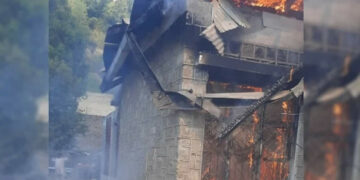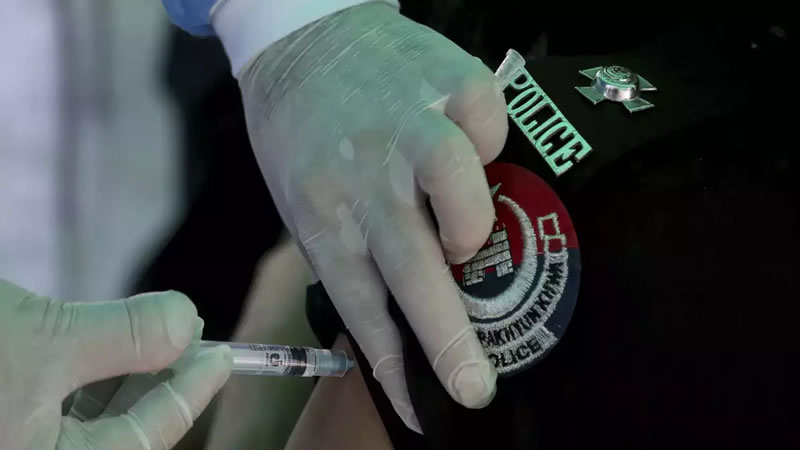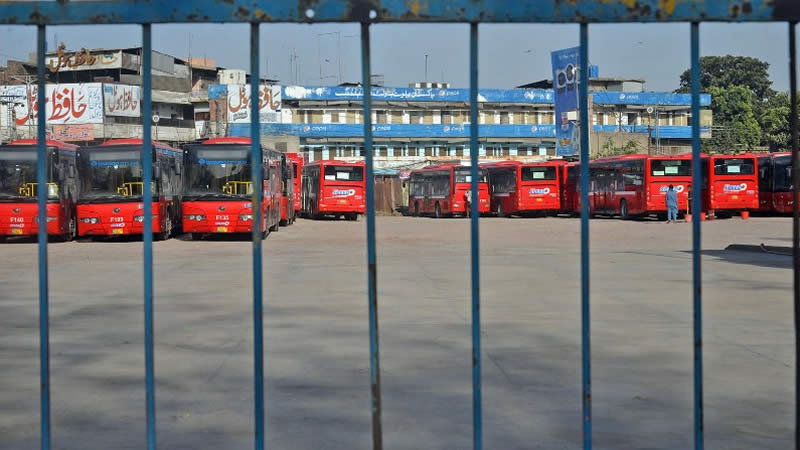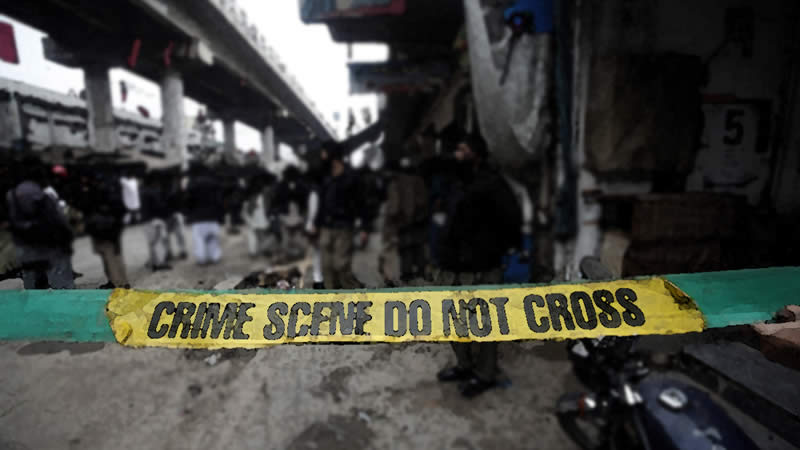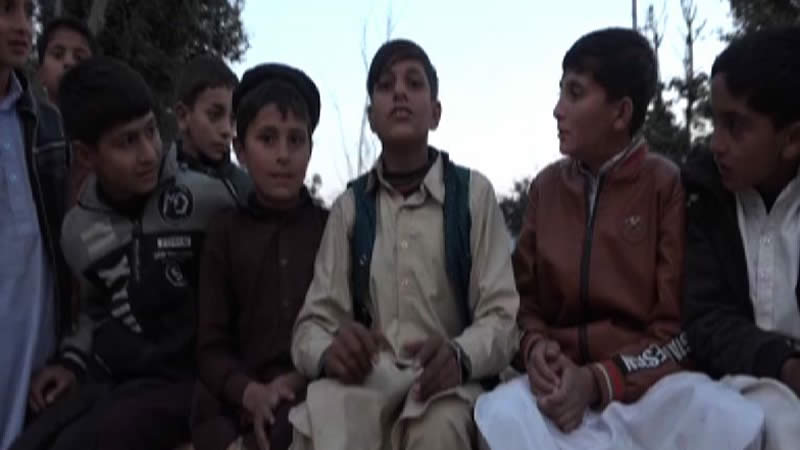US officials believe that the Pakistani Taliban must also be using drug money to finance their activities. “The logic is rather overwhelming. Drug traffickers have a substantial presence in the region where the Taliban also operate,” said a senior US official while talking to Media.
“They cannot move through that area without support from the Taliban.” A US delegation is visiting Pakistan and other South Asian nations this week for talks focusing on policing, border security, and the region’s criminal justice system. Ambassador William R. Brownfield, Assistant Secretary of State for International Narcotics and Law Enforcement Affairs, is leading this delegation. While US officials see logical evidence for TTP’s involvement in the drug trade, they say that so far they have not seen any evidence to suggest that madressahs are also being used for this purpose. “The truth is we cannot say if they do. We also cannot say if every single madressah is linked to them or is absolutely clean,” said an official. The official pointed out that while Khost, the Afghan province bordering North Waziristan, was poppy-free, “there is a tremendous amount of overlap of Taliban and opium poppy cultivation.”
[contentblock id=2 img=gcb.png]
The official noted that the drug trade was the single biggest revenue maker for Taliban, which was a direct problem for Pakistan. “Obviously, TTP is earning revenue, when an illicit drug moves through their areas. We are almost 100 per cent certain that they are,” the official added. He pointed out that about 85 per cent of the world’s heroin was produced in Afghanistan and traffickers were using local routes for smuggling it out of the region. The heroin produced there leaves Afghanistan through three routes: The western route, using Iran, the northern, five Central Asian Republics and Russia and the eastern, using Pakistan. US officials say that about 40 per cent of the heroin produced in Afghanistan transits through Pakistan and about 10 per cent is sold inside Pakistan. Although aware of the Pakistani police’s negative image at home, US officials praise the force’s efforts for dealing with crimes like drug trafficking and for maintaining law order in the country. “The Pakistani police deserve certain amount of sympathy and understanding,” said a US official. “
They are operating in a difficult environment.” The official said that the challenges the Pakistani police face varied from place to place. “Fata, KPK, Karachi and Lahore are very different from each other. The challenges vary, depending on where you are located. “FATA, KPK, Karachi and Lahore, all have different problems” and each needs a different approach to deal with, the official said. A common problem, however, was the shortage of equipment and lack of access to modern technology. “Their work is substantially impacted by lack of communication. They also have a serious shortage of transportation facilities and computers,” the official said. The United States is helping Pakistan overcome these problems and hopes that providing modern equipment and technology will improve policing as well. “Many police officers have been killed in clashes with extremists and criminals.
[contentblock id=3 img=adsense.png]
We should show them a tremendous amount of respect,” said the US official while underlining the need to improve policing. The United States is providing patrol cars, trucks, APCs, motorbikes, protective jackets, radio, night vision equipment and long-distance monitoring equipment to the Pakistani police. Under a programme, which began in 2002, the United States also provides helicopters to Pakistan’s Interior Ministry. The programme began with five helicopters while some fixed wing support were also provided. Now, the number of helicopters has increased to14. The US State Department owns helicopters but the interior ministry determines the missions and Pakistani pilots fly the machines. The United States also provides support to the Frontier Constabulary and has so far built 246 border outposts for them, besides making 336 KM of highway and 12 bridges in Fata.





